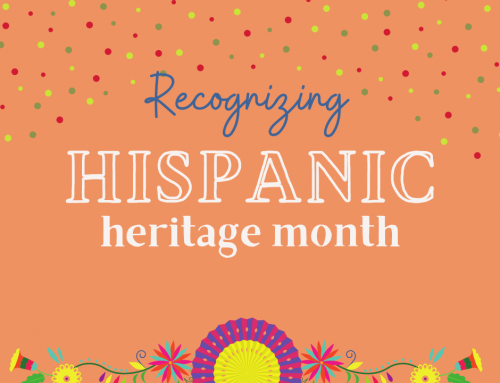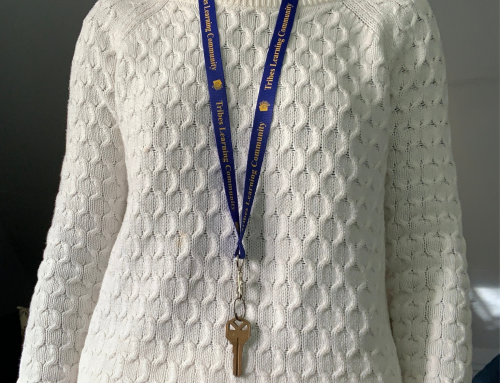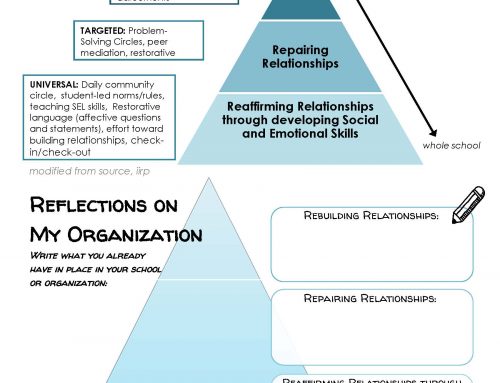It’s November (already!). Could it be time for “tribes”? Or at least, “trial tribes”?
If you can answer “yes” to the following questions, it’s time for a more long term, or “tribal” approach.
- Do students now each other’s names (everyone!)?
- Are the agreements alive and well?
- Have students experienced multiple groupings, and have they had success in groups of various size and membership?
- Are you able to randomly (or purposefully) put students into groups successfully, where the group membership is NOT fully up to them?
- Do you know who the leaders are?
- Do you know the “bad combinations”?
- Do YOU want to take your students further in group strategy? (Do you want groupwork in your classroom to be ‘seamless’?)
OK! Start with an announcement, like “trial tribes” or “T” groups are coming Nov. 22! Give yourself at least a week to get students excited and prepared, and allow time for you to get organized with who you are going to put in tribes as well as how you will do it. Let students know the following expectations for these groups: how long the group will stay together, how often the group will meet, for what purpose, how you will form the groups, what degree of choice or input the students will have (and why), and why you are doing this “long term” group membership.
Plan to NOT have your tribes sit together, as in assigned seats; do have them choose an area of the classroom that will always be their meeting area when they hear you say “get with your tribe/group”. It is also a good idea to have the ‘function’ of the tribe/group be varied; sometime the task is academic, sometime the task is inclusion/sharing personal information, sometime the task is challenging (problem solving, decision making), sometimes the task is organizational (roll call on a field trip). And don’t think the tribe/group needs to meet daily; sometimes a week without meeting can help the group dynamic (a “tribal vacation”…just like when YOU need some time away from those closest to you?!)
I have found that the more diverse the schedule for meeting in a tribe/group, and the more diverse the purpose for meeting is, the more opportunity the tribe/group has for positive and productive growth and development.
If you are going for a “trial tribe”, why not make the duration until the end of the year (as in 2009). Reflection throughout the experience, and especially after will guide you in your decision for the next “tribe” experience.
And don’t worry about making mistakes. As Tribes Trainer Caroline W. says “If you’re green, you’re growing. If you’re ripe, you’re rotting!” Don’t strive to be perfect, instead strive for growth and learning.


